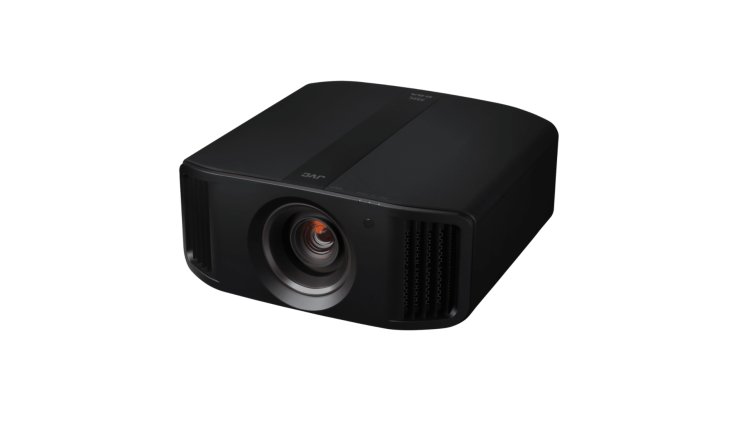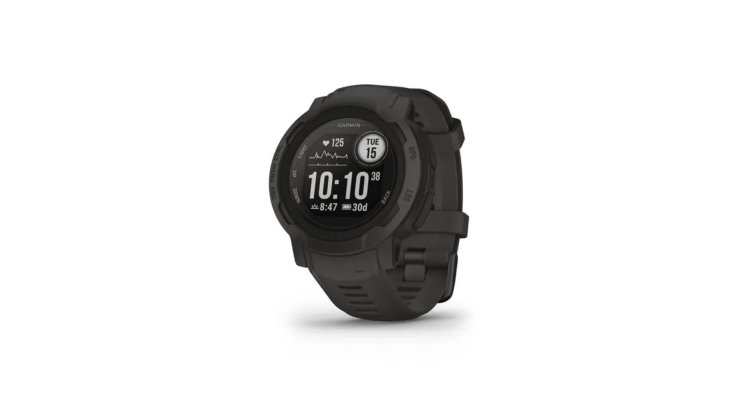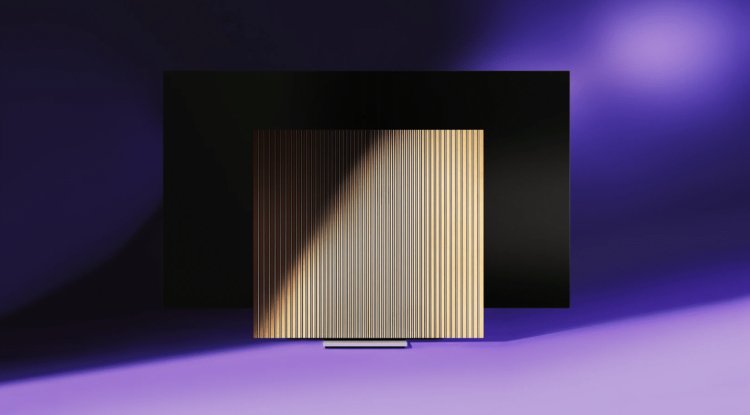JVC DLA-NZ7 with true 8K resolution

JVC and Epson's new projector models will enter markets in slow motion in spring 2022. The JVC DLA-NZ7, currently the cheapest projector that can truly perform everything an HDMI cable can do today, is maybe the most intriguing player in this spring offensive.
In ahead, here are a few delicacies: The nice piece is powered by a laser-phosphor light source, has panels that resolve true 4K, and has an eShift function that can display 8K (8192 x 4320 pixels).
At first glance, it all appears abstract, and to be honest, such framework factors should not be associated with value. They do, however, define the framework within which the genuine features emerge.
Technically and economically, the DLA-NZ7 is closer to the previously tested JVC DLA-NP5 than to the previously tested top model, the JVC DLA-NZ9.
This is because JVC uses a simpler light engine (i.e., the real optical block with all of its mirrors, prisms, filters, and D-ILA panel) in this model than in the lamp model. And the lens is the same as in the NP5, albeit with a better amount of customization. All NP and NZ versions have the same electronics.

The light source termed "BLU-Ascent," which uses a blue laser with yellow phosphor to generate the three primary colors, distinguishes this smallest laser variant from the DLA-NP5. On the other side, the e-Shift technology from the preceding X series is used here, which allows us to double the rows and columns of pixels.
During this procedure, either a native 8K signal is played out or the image processor scales each image up to this maximum resolution. The pixels of the odd-numbered rows and columns are then projected twice for each image.
In a subsequent phase, the eShift shifts the display diagonally by exactly half a pixel, after which the picture grid's even-numbered rows and columns are projected with some overlap. That's it: 8K.
And, because JVC's image panels can now support 240Hz, it all goes up to 8K at 60 frames per second. The current JVC models all have FullHD and 4K resolutions, as well as gamer-friendly 120Hz refresh rates.
So, what are the benefits and drawbacks of lasers, particularly this hybrid system combining blue lasers with a rotating disk with yellow luminous phosphor? A laser produces the clearest and most bright colors.
A laser displays only a frequency and a wavelength, but no spectrum. As a tone, it is analogous to a sine wave. They have the highest optical efficiency because the energy is concentrated in a single peak.
A single frequency is also ideal to focus on because it can be repeated with pinpoint accuracy. The electrical efficiency, on the other hand, is low, resulting in significant power consumption and cooling expenses.
Furthermore, using a laser, it is not possible to produce all primary colors equally simply. As a result, manufacturers resort to the method of creating blue using laser diodes in order to use this as the basic blue hue while also stimulating a reflecting phosphor wheel, which subsequently shines yellow.
Yellow light is divided into two primary colors: green and red. Because the phosphor is on a rotating disk, it can be cooled rather than simply burning away. The overall benefit is a high light output and a long service life - 20,000 hours.
But, from a technological standpoint, things get a little problematic since phosphor and laser diodes age at different rates, which must be corrected over time. Optically intricate: making a peak of blue with two broad spectra for green and red appear to be constructed of a single component.
Only the Helmholtz-Kohlrausch effect should be mentioned by experts. The technological effort required for an image with a harmonious color impact is substantially larger than for a lamp.
The four current JVC projector models are like peas in a pod when it comes to connectors. Two HDMI inputs support all currently maximum allowed signal resolutions ranging from 480p to 4320p, as well as all encryption up to HDCP 2.3.
And the Japanese are even familiar with 3D, which is on the verge of extinction. This necessitates the installation of the PK-EM2 transmitter (sold separately) in the 3D sync socket, as well as compatible shutter glasses.
The trigger voltage can start motorized screens and control the projector via LAN or RS-232. Firmware updates are delivered to the processor through USB.

"More pixels are better," as an old marketing adage goes. This is obviously rubbish, but it has a grain of truth. The more genuine resolution, whether in the audio or video transmission, has never hurt.
Higher sampling frequencies shift interference components into less noticeable locations, and with the correct interpolation, visible resolution can be enhanced while true resolution can be pushed to the limit without filter effects.
When you playback a 4K resolution test image on the DLA-NZ7, you'll notice that even with the finest lines, the rest of the gradation disappears when played back with interpolated 8K, making the image appear more analog, especially with diagonal lines.
However, because of the e-Shift, the true pixels of the panels overlap in the line pairs, which are just one pixel wide.
Regular structures one pixel wide, on the other hand, do not appear in a camera image. When seeing objects that are only slightly larger, such as the fine letters in the on-screen menu, the spaces within the letters appear considerably more contrasted.
Even with a wide-angle setting and lens shift, the all-glass lens produces sharp, distortion-free photos. There is almost no chromatic aberration (rainbow contours), and the lens memory's repeatability is excellent and consistent over time.
In terms of capabilities, you can't ask for much more from a projector right now: 8K, 120Hz, 3D, lens memory, long-lasting BLU-Escent laser, roughly 2,000 lumens with a calibrated image with deep blacks, and possibly the greatest HDR reproduction on the market.
If you want to have all that is technically possible today and in the near future on board, you can't go wrong with the JVC DLA-NZ7. And for a higher price than its immediate predecessor, the DLA-N7, you get a washed-up supplementary pack of capabilities and features.





























